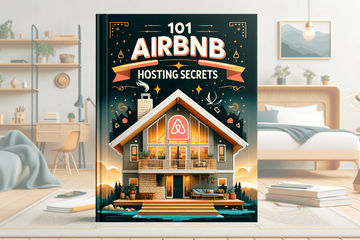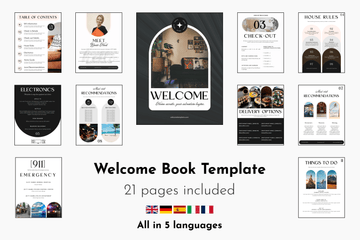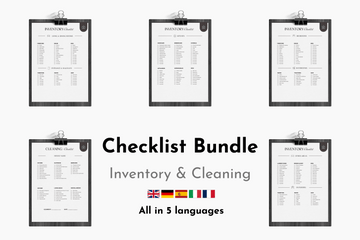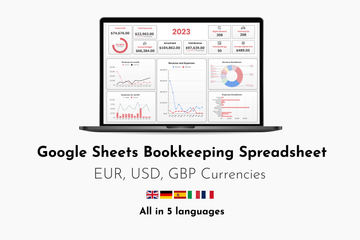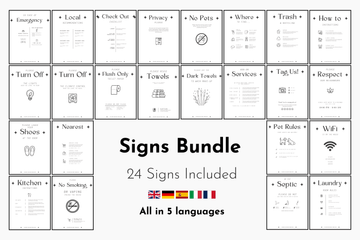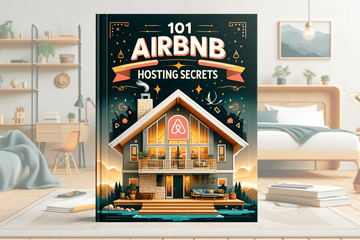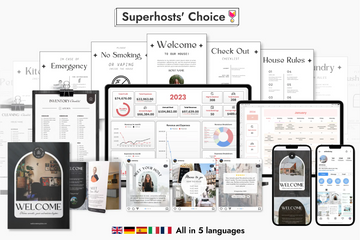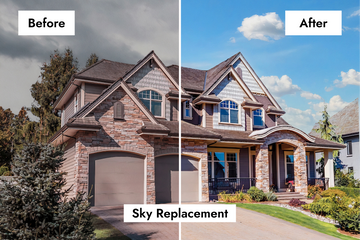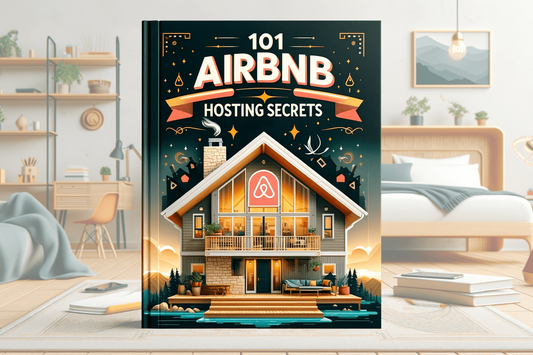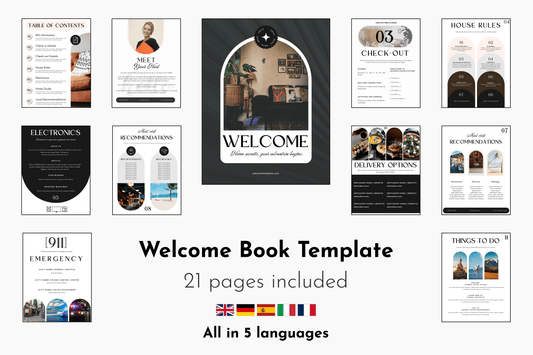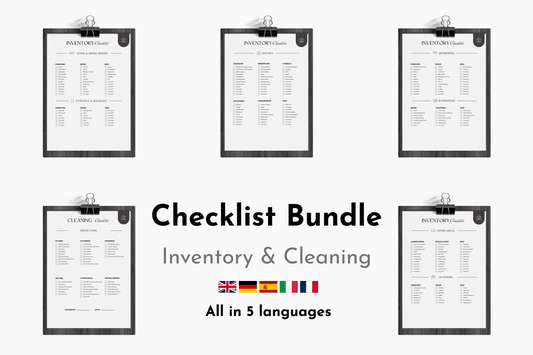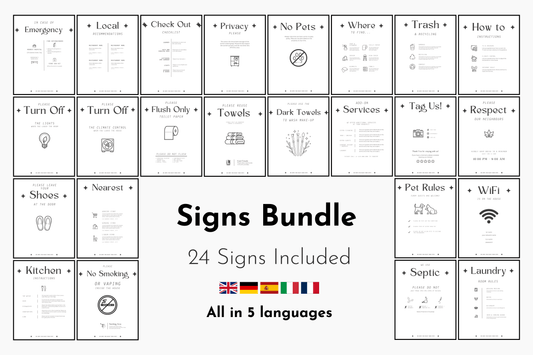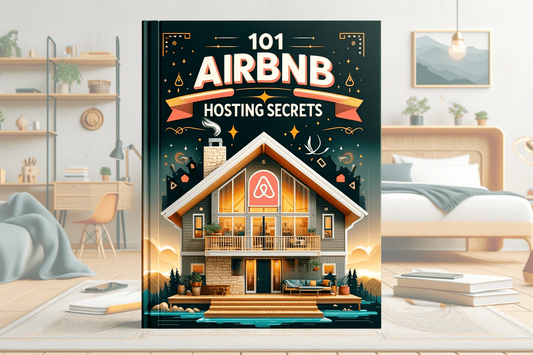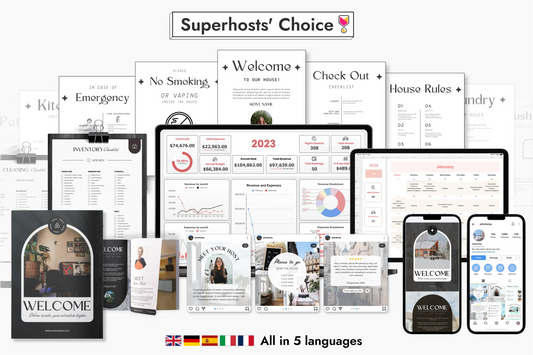Utilizing dynamic pricing strategies for your Airbnb can significantly enhance your revenue by optimizing rates based on demand, seasonality, and other factors. Dynamic pricing allows you to adjust your nightly rates in real-time, ensuring that your property remains competitive while maximizing your occupancy and profits. Here’s how to effectively implement dynamic pricing strategies for your Airbnb.
1. Understand the Basics of Dynamic Pricing
- What is Dynamic Pricing? Dynamic pricing is a strategy where prices are adjusted based on various factors such as demand, seasonality, local events, and market trends. Unlike fixed pricing, dynamic pricing fluctuates in response to these variables, helping you maximize revenue.
- Why It Matters: The main advantage of dynamic pricing is that it allows you to capitalize on periods of high demand by increasing rates, while also remaining competitive during low-demand periods by lowering prices. This ensures that your property is always priced optimally, which can lead to higher occupancy rates and increased earnings.
2. Leverage Technology for Dynamic Pricing
- Pricing Tools and Software: Invest in dynamic pricing tools such as Airbnb’s Smart Pricing, Beyond Pricing, PriceLabs, or Wheelhouse. These tools automatically adjust your rates based on a variety of data points, including local demand, competitor pricing, and market trends.
- Real-Time Adjustments: One of the key benefits of using pricing tools is their ability to make real-time adjustments. These tools analyze market conditions continuously, ensuring that your rates are always up-to-date and optimized for maximum revenue.
- Customizable Strategies: Most dynamic pricing tools allow you to customize your pricing strategy based on your specific goals. For example, you can set minimum and maximum price limits, adjust rates for last-minute bookings, or implement different pricing tiers based on occupancy levels.
3. Analyze Market Trends and Demand
- Seasonality: Analyze the seasonal trends in your area to understand when demand is highest and lowest. For instance, if you’re in a beach town, summer might be your peak season, while a ski resort would see increased demand in winter. Adjust your pricing accordingly to capture more bookings during peak times.
- Local Events: Keep an eye on local events, festivals, conferences, and holidays that can drive up demand for accommodations. During these periods, you can increase your rates to take advantage of the influx of visitors seeking a place to stay.
- Competitor Analysis: Regularly monitor the pricing strategies of your competitors. Understanding how similar properties are priced can help you position your listing competitively and make informed decisions about your own pricing.
4. Set Base Rates and Adjust for Demand
- Determine Your Base Rate: Establish a base rate for your property by considering factors such as location, amenities, and the average rates of similar listings in your area. This base rate will serve as the foundation for your dynamic pricing adjustments.
- Adjust for Peak and Off-Peak Periods: Increase your rates during peak periods when demand is high and lower them during off-peak times to attract more bookings. For example, if you notice that weekdays are typically slower than weekends, consider offering lower rates on weekdays to fill those gaps.
- Last-Minute Discounts: Implement last-minute discounts to attract bookings for unsold nights. If your property hasn’t been booked within a few days of the check-in date, lowering the price slightly can entice last-minute travelers and help you avoid vacant nights.
5. Incorporate Length of Stay Pricing
- Weekly and Monthly Discounts: Offer discounts for longer stays, such as weekly or monthly rates. This can attract guests who are looking for extended accommodations, such as remote workers or travelers on extended vacations. Longer stays not only reduce turnover costs but also ensure higher occupancy.
- Minimum Stay Requirements: Adjust your minimum stay requirements based on demand. For example, during high-demand periods, you might set a higher minimum stay requirement to maximize revenue from longer bookings. Conversely, during low-demand periods, offering shorter stays can help fill vacancies.
6. Monitor and Optimize Your Pricing Strategy
- Regular Review: Regularly review your pricing strategy to ensure it remains effective. This involves analyzing booking patterns, occupancy rates, and guest feedback to identify areas for improvement.
- Test and Experiment: Don’t be afraid to experiment with different pricing strategies. Test out variations in your base rate, discounts, and minimum stay requirements to see what works best for your property and market.
- Adjust for Guest Preferences: Pay attention to guest preferences and adjust your pricing strategy accordingly. For example, if you notice that your property is more popular with families during school holidays, you might adjust your rates to capture more bookings during these times.
7. Communicate Value to Guests
- Highlight Special Features: When adjusting prices, make sure to highlight the unique features and amenities of your property in your listing. This can help justify higher rates during peak periods and attract guests who are willing to pay more for a premium experience.
- Flexible Pricing Options: Offer flexible pricing options that cater to different types of travelers. For example, you could provide a basic rate with the option to add on extra services, such as early check-in, late check-out, or additional cleaning, for an additional fee.
- Clear Pricing Explanation: Clearly explain any price variations in your listing description. If prices are higher due to a local event or holiday, make sure guests understand the reason for the increase. Transparency can help manage guest expectations and avoid potential misunderstandings.
Conclusion
Utilizing dynamic pricing strategies for your Airbnb is an effective way to maximize revenue and ensure your property remains competitive in the market. By leveraging technology, analyzing market trends, and continuously optimizing your pricing, you can attract more bookings and increase your earnings. Whether you’re adjusting rates for peak seasons, offering last-minute discounts, or incorporating length-of-stay pricing, a well-executed dynamic pricing strategy can make your Airbnb listing more profitable and successful.

